Jewelry is more than an accessory—it’s an expression of who we are and what we value. With more people leaning toward conscious consumption, the demand for ethical and sustainable jewelry has grown significantly. Whether it's ethical diamond jewelry or sustainable gold jewelry, choosing pieces that honor both people and the planet is becoming the new norm.
If you're curious about what makes ethical and sustainable jewelry unique, why it matters, and how it impacts the world, you're in the right place. This guide will cover everything from defining ethical jewelry to finding trustworthy brands, and even where to shop for the best ethical jewelry brands.
What Is Ethical and Sustainable Jewelry?
Ethical Jewelry:
At its core, ethical jewelry focuses on responsible production. It ensures that everyone involved, from miners to artisans, is treated fairly and paid adequately. It also aims to minimize environmental impact by sourcing materials responsibly and using eco-friendly production methods.
Sustainable Jewelry
Sustainable jewelry emphasizes long-term environmental care by utilizing practices like recycling metals, using conflict-free stones, and minimizing resource consumption. The best sustainable jewelry brands provide full transparency into their sourcing and manufacturing processes.
Why Choose Sustainable and Ethical Jewelry?
There are powerful reasons to opt for ethical sustainable jewelry, and here’s why it matters:
1. Support Fair Labor Practices
Unethical jewelry production often involves unfair wages and poor working conditions. With ethical practices, every worker in the supply chain is treated with respect, ensuring proper pay and safe environments.
2. Reduce Environmental Impact
Mining for traditional materials such as gold and diamonds disrupts ecosystems, depletes resources, and generates harmful waste. By choosing sustainable gold jewelry or pieces made from recycled materials, you’re helping to conserve resources and reduce environmental harm.
3. Promote Transparency
Reputable ethical and sustainable jewelry brands, like those featured on Celino Jewelry, display clear sourcing practices. This transparency builds consumer trust, ensuring your purchase reflects your values.
Key Features of Ethical Jewelry

1. Responsible Sourcing
-
Conflict-free gemstones: Avoid diamonds or stones associated with unethical labor and war-torn regions.
-
Recycled metals: Reduce the need for mining by using existing materials.
Explore our collection of Men's Jewelry crafted with conflict-free stones.
2. Eco-Friendly Materials
Eco-friendly materials, such as recycled metals or ethically sourced gemstones, are integral to any sustainable jewelry brand. These materials drastically reduce carbon emissions and wastage.
Looking for affordable options? Browse our collection of affordable Luxury Earrings.
3. Handmade Craftsmanship
Many sustainable jewelry brands in Canada focus on handmade pieces, turning to small-scale artisans who preserve traditional methods. Handmade jewelry also minimizes mass production waste.
The Environmental Impact of Standard Jewelry Practices
The standard mining process for gold and gemstones is resource-intensive and leaves a significant environmental footprint. Here’s how ethical sustainable jewelry combats these issues:
-
Reducing mining waste: Recycled materials bypass the need for new mining.
-
Energy-efficient methods: Sustainable brands often adopt innovative techniques that require less energy.
Check out Celino Jewelry’s, featuring timeless pieces that honor the planet.
How to Identify Ethical and Sustainable Jewelry
Finding authentic ethical affordable jewelry can be challenging, especially with false claims and greenwashing in the market. Here’s what to look for when shopping for sustainable pieces:
1. Certification Matters
Certifications like Fairmined or RJC (Responsible Jewellery Council) indicate adherence to strict ethical and environmental standards.
2. Transparency From Brands
Brands that uphold transparency about their supply chain stand out. At Celino Jewelry, we provide full details about how our materials are sourced and why we choose specific suppliers.
3. Prioritize Small-Scale and Local Artisans
Brands focusing on local production often ensure both ethical practices and superior craftsmanship. Canadian sustainable jewelry brands like ours value community over corporate greed.
Ethical Jewelry Trends Worth Exploring

1. Affordable Options
Who says sustainable style has to break the bank? Explore cheap sustainable jewelry and affordable ethical jewelry options that combine quality with great pricing.
2. Subversive Statement Pieces
The rise of ethical punk jewelry blends bold, rebellious designs with sustainable materials. These pieces are perfect for those looking to make both a fashion and ethical statement.
3. Minimalist Staples
From sleek recycled gold rings to understated necklaces, minimalist sustainable jewelry is on the rise. They’re versatile, timeless, and effortlessly chic.
Why Celino Jewelry?
At Celino Jewelry, we’re passionate about creating pieces that align with your values. Our curated collection includes everything from affordable sustainable jewelry to stunning ethical diamond jewelry, ensuring you never compromise on style or ethics.
Make a Conscious Choice Today
By choosing ethical and sustainable jewelry from Celino Jewelry, you’re contributing to a better future—for both people and the planet. Every piece you wear tells a story of fairness, sustainability, and mindful living.
Visit Celino Jewelry today to explore timeless designs with a purpose.
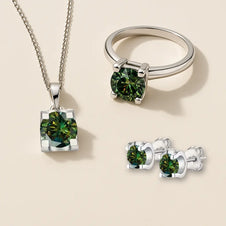
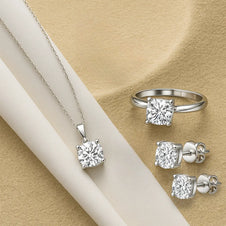
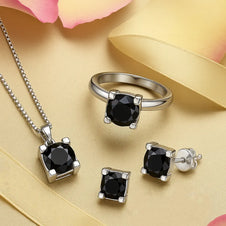
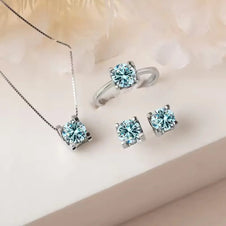




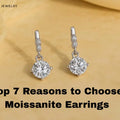
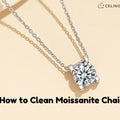
6 commentaires
I bought this jewelry set for a wedding, and it’s absolutely stunning! The design is elegant, the stones sparkle beautifully, and it feels luxurious without being too heavy. I received so many compliments!
I absolutely love this jewelry! Knowing that it’s ethically sourced and sustainably made makes it even more special.
Absolutely gorgeous! The set looks way more expensive than it actually is. The necklace sits perfectly, and the earrings are lightweight. Wore it to a wedding and got so many compliments!
The chain is the perfect length, and the pendant has a nice weight to it. Looks even better in person!
Absolutely love this necklace! The chain is sturdy, and the pendant has a beautiful shine. I’ve gotten so many compliments.